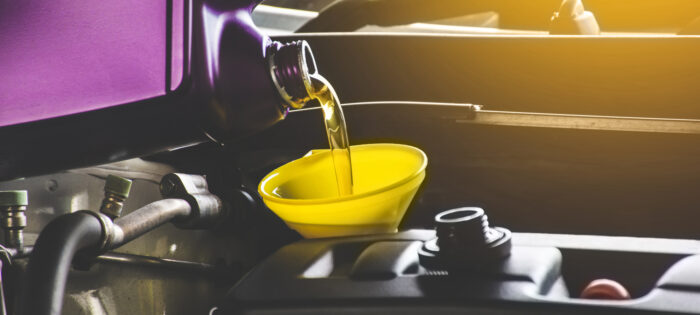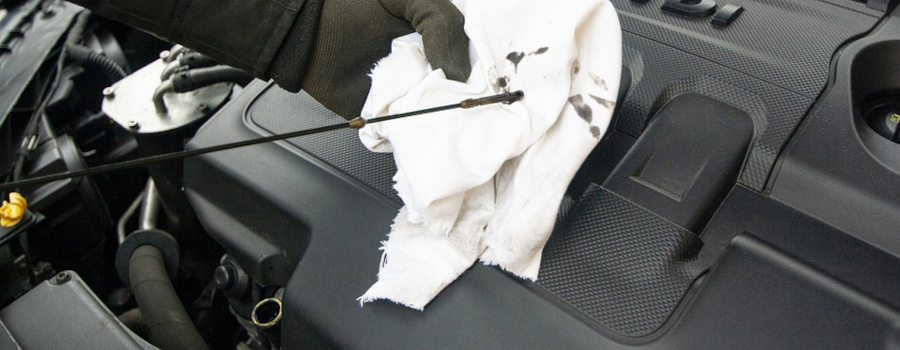It’s really easy to check the fluid levels in your car. But it’s one of those little things that tends to be forgotten about until you need to wipe the windscreen or find the vehicle overheating.
As part of your hire terms, it’s your responsibility to make sure the water level remains within a safe range. These simple steps show you how to check car fluid levels to make sure you’ve always got the right levels in your Meashams car, van, Luton, or minibus.
Refilling screen wash
Refilling the screen wash in your hire is easy. Simply open up the bonnet and locate the screen wash bottle. The cap will helpfully have a little symbol of a windscreen with little water droplets spreading across it. You can’t really go wrong, especially if you have a funnel in your vehicle to help prevent spillage.
Once you’ve found it, take the cap lid off. Have a look inside the bottle and you should be able to see a line that indicates the maximum amount of liquid that should be in there. You can then fill up the bottle with screen wash fluid, being careful to stay under the maximum line. Replace the cap and you’re good to go.
Find out how to replace wiper blades if they’re getting tired.

Learn how to prepare your car for winter in our blog.
Checking for low radiator fluid
Checking for low radiator fluid is an important part of your hire. It can have significant impact on the vehicle’s performance. We ensure that the vehicle manufacturer fully maintains each car, van, Luton and minibus in our hire fleet. But, it’s always helpful to know what to do should the worst happen while you’re on the road.
You’ll notice the car, van or minibus is getting too hot while you’re driving if there’s not enough cooling fluid for the engine’s radiator. You’ll also get a little warning light appear on the dashboard to let you know something’s not quite right. If you’re in the area, just pop the vehicle back to us and we’ll set things right.
However, if you’re not able to come in, you can add more coolant yourself.
- Make sure the vehicle is stationary on a flat surface and let the engine go cold. You don’t want to risk scolding yourself on hot metal or boiling fluids.
- Once the vehicle is cold, open up the bonnet and locate the radiator fluid tank (also called the coolant tank).
- Remove the cap and have a look inside. You should be able to see the minimum and maximum marks inside the tank.
- If you can see that you’ve got low radiator fluid, you can then top it back up by pouring more liquid into the tank. In a pinch, clean drinking water will serve just fine. But, it’s much better to have a mixture of water and coolant to help keep the engine in a good condition.
- Refill the fluid and securely replaced the cap. Then, turn the car on and let it idle for a few minutes. Keep your eye on the temperature gauge and if no warning signals come back on, you’ll be good to go.
If the problem hasn’t been resolved, contact us and we’ll be able to get you the help you need.

Headed out on a road trip alone? Check out these tips for travelling alone.
Oil
Your oil is also must be kept at the right level. It needs to be free from dirt and contaminants. It’s vital to keeping your car in perfect working order. If the oil level dips too low, you’ll start to notice lots of little problems with your car as the moving parts won’t get the lubrication they need to operate smoothly.
We have detailed guidance on checking your oil levels here.
Power steering fluid
If you notice that your vehicle is whining a little when you’re turning, it could be that you need to get some fresh power steering fluid in it. When the fluid is low or too old, your car can’t function properly. Pop the bonnet open and locate your power steering fluid dispenser. Are the levels between the min and the max line? If it’s too low, top it up as you would the screen wash, but triple check you’ve got the right fluid! Your owner’s handbook should clearly tell you what your vehicle requires.
An important tip to remember when learning how to check car fluids, is to park it on a level surface. If you’re up on a hill or a curb, any reading won’t be accurate. The car or van should tell you with a warning light if the water levels are too low but it’s always best to check yourself to make sure.
So, now you know how to check car fluid levels yourself. We have lots of advice on basic car maintenance to help keep your vehicles and rentals in great condition. Take a look at our tips for checking tyre pressure and oil levels too.
